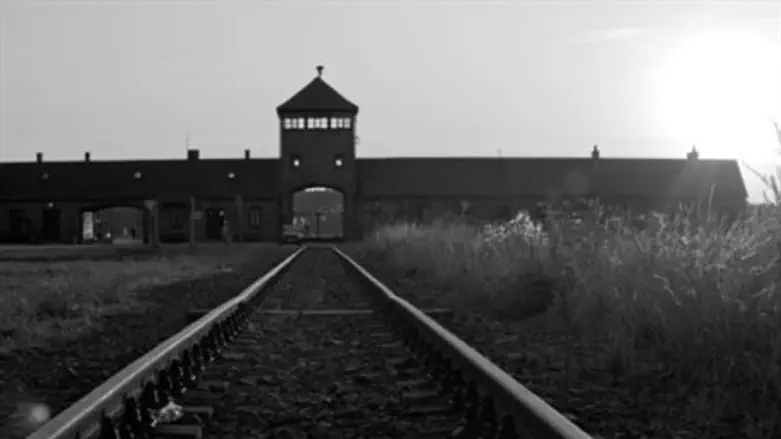
Thousands of young Jews from Israel and across the globe marched alongside Polish teenagers Thursday in the March of the Living ceremony, in memory of Holocaust victims at the former Nazi German Auschwitz-Birkenau death camp in southern Poland.
The site, now a memorial and museum, has become an enduring symbol of Nazi Germany's genocide of European Jews. One million Jews were murdered at Auschwitz alone from 1940 to 1945.
"Do not believe the magic incantation of 'Never again': it HAS happened again. Think of Bosnia, Sudan, Rwanda. In different ways, to different peoples - but it has," Holocaust survivor Sigmund Rolat said in a speech addressed to the marchers, reports AFP.
"The Shoah (Holocaust) remains unique in the sense it was unprecedented. But all genocides are tragic in their own ways, and remembering them is the first step to preventing their recurrence," Rolat added.
Pope Francis sent a special message to the marchers, warning them against "the thousands of discriminatory phobias that enslave and kill."
Former Chief Ashkenazic Rabbi and now Tel Aviv's chief Rabbi Yisrael Meir Lau, together with Austrian Education Minister Gabi Heinisch-Hosek, took part in the annual March of the Living.
Held for the 24th time, this year it marks the 70th anniversary of the camp's liberation by the Soviet Red Army in January 1945.
The mournful wail of the "shofar" - a traditional Jewish ram's horn symbolizing freedom - marked the beginning of the march in the southern Polish town of Oswiecim, where Nazi Germany built its most notorious death camp in 1940.
Marchers walked through the infamous "Arbeit Macht Frei" (Work Will Set You Free) gate at Auschwitz, the older part of the camp, before making the two-mile trek to Birkenau, the main extermination site.
"I grew up reading about this place, learning about this place, but nothing prepares you for when you actually arrive here. It is the absolute center of evil," Daniel Salomon, a 36-year-old Spanish Jew told AFP.
His sentiments were echoed by 17-year-old Canadian high school student Alexia Tadmor.
"When I came here, it was just so much more intense. The emotions were not at all what I expected," the Montreal native, draped in an Israeli flag, told AFP.
"You go, you see the shoes, the clothes, the hair. You don't realize that there were just that many people," she said.
"They don't understand yet but they will get it with time," Ivan Gabor, an 82-year-old Hungarian-born Holocaust survivor from the US, told AFP referring to the young marchers.
"They will get back and they will think back about it and they will understand here much better. That it was the biggest killing of humanity that ever happened in the world."
Aside from the Jewish victims, another 100,000 non-Jewish Poles, Roma, Soviet prisoners of war, homosexuals and anti-Nazi partisans also were murdered at the Auschwitz-Birkenau camp in occupied Poland.
Six million Jews were murdered by the genocidal Nazi machine.
